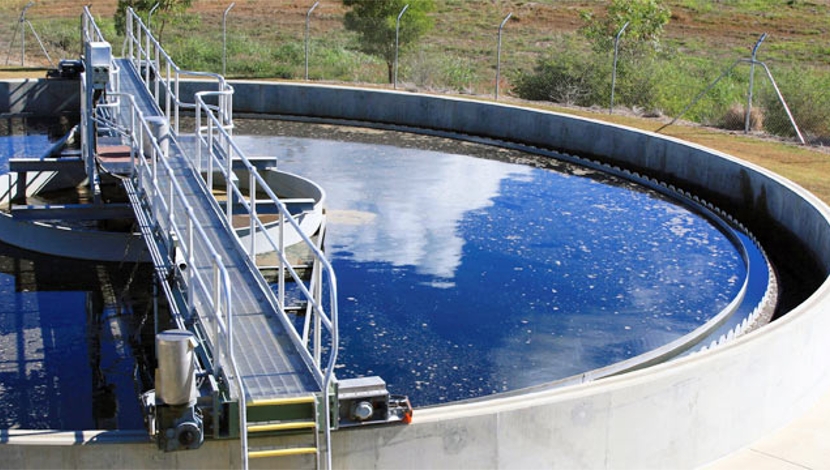
The concept of solar power generating roads got another boost recently when French infrastructure company Colas unveiled its photovoltaic surfacing product, called “Wattway”. The fruit of five years of research with the French National Institute for Solar Energy, Wattway paving panels are comprised of photovoltaic cells embedded in a multilayer substrate.
The company claims that 20 square metres of Wattway can power a single home, excluding heating, and that a one-kilometre-long section of road can power streetlights for a town of 5,000 people.
The race to bring power-generating roads to the market is now under way in three countries. Last year a Dutch consortium built a 100-m stretch of power generating road for testing in Krommenie, the Netherlands. And in the US a husband-and-wife team of inventors is pursuing the idea after a successful crowdfunding campaign.
Now Colas, a subsidiary of Bouygues, is getting in on the act.
“Today, our Wattway process is unique on a global level,” said Hervé Le Bouc, chairman and chief executive of Colas. “The Solar Road will play a part in the energy transition, and is a building block for Smart Cities.”
Wattway cells collect solar energy via a very thin film of polycrystalline silicon. In a statement, Colas said the sturdy and skid-resistant panels can be used on any road around the world, and are able to bear all types of vehicle traffic, including trucks.
Colas said Wattway uses existing infrastructure, removing the need to rip roads out and rebuild them. The product is designed for cities, and for isolated, off-grid areas where hooking up to the electricity network is costly.
Wattway was unveiled at the World Efficiency Congress in Paris.





